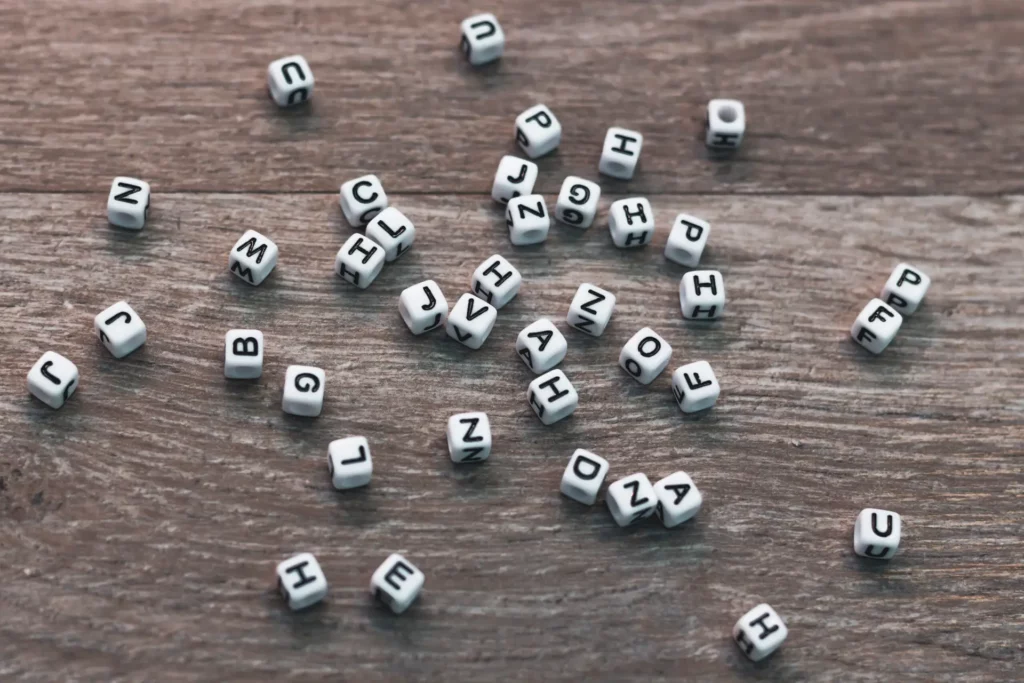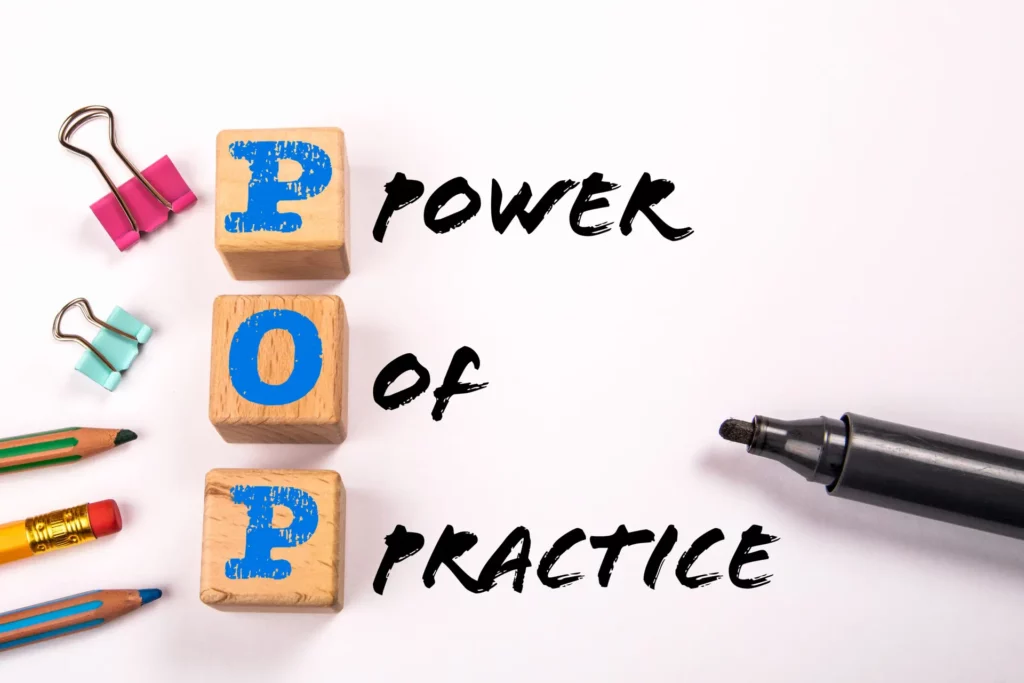Mastering the Use of Apostrophes
The apostrophe, one of the most minor punctuation marks in English, carries significant weight in its ability to alter meaning and clarify possession and contractions. Despite its importance, the apostrophe is often one of the most misused and misunderstood elements of English grammar, leading to common mistakes that can confuse readers and muddle the intended message. From indicating ownership to distinguishing between “it’s” and “its,” mastering apostrophes is essential for clear and effective communication.
Many face the challenge of using apostrophes, not just memorizing rules but also understanding the logic and consistency behind their use. This guide aims to demystify the apostrophe, transforming it from a source of confusion to a tool of precision in your writing toolkit. Whether crafting an email, penning a novel, or jotting down notes, a solid grasp of apostrophe rules will enhance your writing’s clarity and professionalism.
“Mastering the Use of Apostrophes” is designed to navigate you through the intricacies of apostrophe usage. By breaking down its functions, presenting real-world examples, and offering targeted exercises, this guide seeks to empower writers, educators, and learners alike to apply apostrophes correctly and confidently.

Part 1: The Apostrophe Basics
Defining the Apostrophe
An apostrophe (’) is a punctuation mark used to indicate either possession (e.g., “the cat’s whiskers”) or the omission of letters and numbers (e.g., “can’t” for “cannot”). It appears as a single closed comma and serves distinct purposes vital to understanding its correct application.
Historical Context
The apostrophe has a rich history that dates back to the 16th century. It originated as a mark to indicate an omission in the English language, similar to its use in contractions today. By the 17th century, its role expanded to include the indication of possession, a practice that has evolved and been refined. Understanding the apostrophe’s historical roots can illuminate its current applications and the reasons behind specific grammatical rules.
In exploring the basics of the apostrophe, it’s crucial to recognize its dual function: simplifying expressions through contractions and clarifying ownership or belonging. While straightforward in theory, this dual capability has given rise to numerous rules and exceptions that can perplex even seasoned writers. As we delve deeper into the specifics of apostrophe usage in the following sections, remember the principles of clarity and efficiency that guide its use. By mastering these basics, you’ll be better equipped to navigate the more nuanced aspects of apostrophe application in English writing.

Part 2: Apostrophes and Possession
Understanding how to use apostrophes to indicate possession is crucial for clear communication. This section breaks down the rules and common pitfalls of showing ownership in English.
Singular Possession
An apostrophe followed by the letter ‘s’ is added to the noun to show that something belongs to one person, place, or thing. For example:
- The dog’s leash indicates the leash belonging to one dog.
- If a singular noun ends in ‘s,’ such as “James,” the traditional approach still adds an apostrophe and ‘s’ to form James’s book. However, it’s worth noting that some style guides prefer just an apostrophe after the ‘s’ (James’ book).
Plural Possession
When indicating possession for plural nouns, the placement of the apostrophe depends on whether the noun already ends in ‘s’:
- For plural nouns that end in ‘s,’ add only an apostrophe at the end, as in dogs’ leashes to show leashes belonging to multiple dogs.
- For plural nouns not ending in ‘s,’ add an apostrophe followed by ‘s,’ like children’s toys.
Special Cases
- Compound Nouns: Add an apostrophe and ‘s’ to the end of the word, as in the mother-in-law’s recipe for compound nouns.
- Joint Possession: When two or more people share ownership, add an apostrophe and ‘s’ only to the last person, as in Alice and Bob’s vacation home.
- Individual Possession: To indicate separate ownership, add an apostrophe and ‘s’ to each noun, like Alice’s and Bob’s cars.

Part 3: Apostrophes and Contractions
Contractions are formed by omitting letters and numbers in words and using apostrophes to indicate the omission. They’re commonly used in informal writing and speech to convey a conversational tone.
Forming Contractions
- To create a contraction, combine two words and replace the omitted letter(s) with an apostrophe: do not becomes don’t, and I am becomes I’m.
- Pay special attention to contractions like it’s (it is or it has) and its (possessive form of it), as well as you’re (you are) and your (possessive form of you). These pairs are often confused due to their similar pronunciation but have distinct meanings and uses.
Common Contractions
Understanding and correctly using common contractions can make your writing sound more natural and engaging:
- They’re (they are), their (possessive form of they), and there (adverb indicating place) often get mixed up but play different roles in sentences.
- We’re (we are), were (past tense of are), and where (interrogative adverb) are another set of words that, while sounding similar, serve unique functions.
Avoiding Confusion
- To avoid confusion between contractions and similar-sounding possessive forms, always consider the context of the sentence and the meaning you wish to convey.
- Practice writing sentences using contractions and their expanded forms to become more comfortable with their usage and to recognize when each form is appropriate.
Mastering Apostrophes Through Practice
The rules surrounding apostrophes, particularly in cases of possession and contractions, are pivotal in mastering English grammar. By familiarizing yourself with these guidelines and paying attention to particular cases and common mistakes, you can significantly improve the clarity and correctness of your writing. Incorporating exercises that focus on identifying and correcting misuse of apostrophes can further solidify your understanding and application of these rules, making your writing more precise and effective.

Part 4: Apostrophes in Plurals
One common misconception about apostrophes is that they are used to form plurals. Generally, apostrophes should not be used to make a word plural. This section clarifies the correct application and the exceptions to this rule.
Apostrophes and Plural Forms
- Standard Pluralization: For most nouns, add an “s” or “es” to make them plural without an apostrophe, e.g., “apples” or “boxes.”
- Plurals of Letters, Numbers, and Symbols: Use apostrophes to form plurals of lowercase letters, numbers, and symbols to avoid confusion, e.g., “Mind your p’s and q’s,” “Find all the number 7’s,” and “You used too many &’s in your sentence.”
Practical Examples
- Incorrect: The 1990’s were known for their fashion.
- Correct: The 1990s were known for their fashion.
This clarification ensures that apostrophes are used purposefully and correctly, emphasizing their role in indicating possession or contractions rather than pluralization.

Part 5: Exercises and Practice
Consistent practice with targeted exercises can be incredibly beneficial for mastering apostrophes. This section provides suggestions for reinforcing apostrophe rules through practical application.
Interactive Exercises
- Sentence Correction: Practice identifying and correcting sentences that misuse apostrophes, focusing on possession and contractions.
- Writing Prompts: Engage in exercises requiring possessive forms and contractions, encouraging the mindful application of apostrophe rules.
Real-World Application
- Error Hunting: Challenge yourself to find and correct apostrophe errors in everyday life, such as advertisements, signage, or social media posts. This activity not only reinforces your understanding but also sharpens your editing skills.
Concluding Mastering the Use of Apostrophes
Mastering apostrophes is a journey that enhances both the clarity and professionalism of your writing. You can elevate your grasp of this pivotal punctuation mark by understanding the foundational rules of possession and contraction, recognizing common errors, and engaging in consistent practice. The guide “Mastering the Use of Apostrophes” is a comprehensive resource, equipping you with the knowledge and tools to confidently navigate the complexities of apostrophe usage.
As you refine your writing skills, remember that mastering punctuation, including apostrophes, is an ongoing process. Embrace the journey, utilize the resources available, and always strive for clarity and precision in your communication. With practice and attention to detail, the correct use of apostrophes will become an intuitive and integral part of your writing repertoire, opening the door to more effective and engaging written expression.

Further Exploration
For those eager to dive deeper into the intricacies of English, countless resources await. From comprehensive grammar guides to interactive language learning platforms, the tools at your disposal are more accessible than ever. Engage with these materials, challenge yourself with new exercises, and remain curious and open to discovery. We offer a line of comprehensive grammar and punctuation courses and feature a mastery quiz bundle to cement your further mastery of grammar and punctuation. Feel free to access the endorsed resources below to enhance your learning experience.





